This is the Porsche Cayman GT4, a potent Motorsport-developed version of the mid-engined sports car that’s been equipped with a larger engine from the 911 Carrera S and hooked up to a manual gearbox.
The Cayman GT4 can be ordered from today, starting from £64,451, just shy of £10,000 more than the Cayman GTS which it sits above in Porsche’s range. First deliveries are due in late March, and the model has made its world debut at the Geneva motor show.
Positioned between the Cayman GTS and the 911 GT3, the Cayman GT4 uses a stiffened and strengthened Cayman bodyshell as a starting point. It is lowered by 30mm and then, as Porsche GT boss Andreas Preuninger says, “as many GT parts as possible” are added to it. “We didn’t make this out of a Cayman GTS,” he says. “This is an entry-level mid-engined GT3 car.”
Mounted midships is a reworked version of the Carrera S’s 3.8-litre flat six engine, producing 380bhp at 7400rpm and 310lb ft at 4750-6000rpm. It is hooked up to a modified version of the Cayman GTS’s six-speed manual gearbox. A PDK dual-clutch automatic was considered but rejected, meaning the Cayman GT4 is manual only.
Preuninger says the engine didn’t fit at first, and describes the end result as an “old-school hot rod – a big engine in a small car”. He adds: “It’s a whole new package – very driveable, an explosive experience that makes you smile all the time.”
The 0-62mph sprint takes 4.4sec and the top speed is 183mph. Combined fuel economy is 27.4mpg and CO2 emissions are rated at 238g/km.
The front axle and suspension are borrowed from the 911 GT3 and the rear axle and forged aluminium double wishbone suspension are completely new. Dampers are taken from the 911 GT3. The electric steering system from the 911 GT3 does make it onto the Cayman GT4 but is given new software.
There’s no need for the likes of the 911 GT3’s rear-wheel steering for the Cayman GT4, because the mid-engined car simply doesn’t need it, according to Preuninger. The result is a purer driving experience.
Stopping power is provided by standard steel brakes, or optional carbon-ceramics from the 911 GT3 that Preuninger describes as “slightly over-engineered and delightfully oversized” when fitted to the Cayman GT4. The forged 20in alloy wheels are new and are shod in Michelin Pilot Sport Cup 2 tyres. The rear 295/30 ZR20 tyres are bespoke, but the front 245/35 ZR20s are borrowed from the 911 GT3 as they were “a perfect match”, according to Preuninger.
The design is a classic case of form following function, says Preuninger. The goal was to create a “zero lift car”, but thanks to the extensive aerodynamic and cooling package on the car – which includes a front splitter, a larger front grille and increased frontal air intakes, side air intakes, not one but two rear spoilers and a fully functional diffuser – the Cayman GT4 produces as much downforce at speed (100kg) as the 911 GT3. Every single part on the Cayman GT4 has a functional use.
“It still has to be beautiful and have a 'want factor', though,” Preuninger adds, pointing to details such as the “cool” black glass on the front and rear lights, blackened twin central exhausts and quality stitching on the twin lightweight bucket seats, taken from the 918 Spyder, as small details adding to that 'want factor'.Despite all the extra equipment, the Cayman GT4 weighs no more than a Cayman GTS, tipping the scales at 1340kg dry.
You can delete items such as the sat-nav and air-con to save weight, but Preuninger expects only a small take-up for that. “Only 2% of 911 GT3 RS buyers took away the air-con,” he points out, saying that despite the car’s track intentions, owners still take them on the road and are concerned about deleting such items and harming resale values with such little tangible weight and performance gains.
Inside, the steering wheel is new for the GT4 and the sports seats are trimmed in both leather and Alcantara.
Standard equipment includes bi-xenon headlights, a sports exhaust system, a Sport Chrono Package with dynamic engine mounts, the Porsche Torque Vectoring system, a mechanical limited-slip differential at the rear and the Porsche Stability Management system.
On the options list are items such as carbonfibre-reinforced, plastic-backed seats for the two-seat interior. These weigh just 15kg each and are inspired by the 918 Spyder. A customised version of the Sport Chrono Package is offered, as is a Club Sport Package.
Interview with Andreas Preuninger, head of Porsche’s GT road car division
Preuninger on manual vs automatic
The manual vs dual-clutch PDK auto’ debate rages on between not only Porsche customers and enthusiasts, but also within the company’s own GT division.“We thought about both with this car and I wouldn’t rule out a PDK version in the future,” says Preuninger.
“There is a 50/50 happiness split between the two choices. There is no wrong or right answer. But as a company we have to have both,” a comment that reveals any report on the death of the manual gearbox as being greatly exaggerated.
Preuninger continues: “It is all about taste and how you use it. PDK has the edge performance-wise, but for pure motoring enjoyment on a Sunday afternoon, even I like the manual better. It gives me more to do; this is what a GT is all about. But you also have to appreciate that people enjoy both and the advantages. Many people reacted to the manual in the 911 GT3, but in this car it is just not right to have a manual. Still, so many people wanted a manual gearbox… this car proves we have listened.”
Preuninger also points to the fact that the car, with a Nürburgring lap time of 7m40sec, is the fastest of its size and type, even without a PDK that would shave a few tenths off the lap. “We like to be manual,” he says, “ but we like better to be fastest. If we can be manual and fastest then great. If we’re put under pressure in the future, we’ll react accordingly."
There’s even new life put into this manual gearbox by Porsche making the throw even shorter and adding a ‘blipping assistant’, a sophisticated rev matching system that can be turned off if desired. Preuninger, a man who likes his sports cars pure, is enjoying the system and keeps it on most of the time.
Preuninger on whether a Cayman can be better than a 911
The Cayman GT4 is a car Preuninger and his team have always wanted to make but have until now not had the engineering capacity to realise. To that end, Preuninger says that, contrary to popular belief, there is no agenda within Porsche or his GT department to prevent the Cayman from ever becoming a better car to drive than the 911. “There’s no internal regime, no team rules,” he says.
The Cayman GT4, then, could be quite something indeed. “It’s a pure Motorsport car,” Preuninger says. “It’s the youngster in our GT range, but a youngster to be taken seriously. There’s so much underneath the bodywork.”
Preuninger says he doesn’t expect the Cayman GT4 to steal any sales from the 911 GT3 (which has now finished its current production run), because the price difference is vast and the intended usage very different.
“It could affect used car sales, though,” he adds. “I’m very curious to see whether people go for a three-year-old GT3 or a new Cayman GT4. We’ll win new customers with this also, and those who want a new toy.”
Preuninger on what the Cayman GT4 will be like to drive
It’s easy to zone out a little when a company chief starts talking up the merits of their latest creation, but when it’s a man like Preuninger with cars on his CV such as the 997 GT3 RS 4.0 and his success in making the current 911 GT3 so darned good, in spite of those initial doubts on the electric steering and PDK gearbox, his opinion on how it drives is worth listening to.
So one’s appetite is firmly whetted when Preuninger reveals it is a Cayman GT4 he has had his most memorable recent drive in. “We did a test drive in the very south of Italy,” he recalls. “There were three of four of us going very, very fast… this car talks to you, it communicates so much. It has senses you dial into. It is old-school driving fun, but it’s not outdated in any way.”
Sounds like a car to get very excited about indeed, then. Especially when you consider the other car Preuninger and his team have been working on and driving at the same time has been the upcoming 911 GT3 RS, which will join the Cayman GT4 at the Geneva show.
Preuninger on whether or not the Cayman GT4 will go racing
Don’t get too caught up on that GT4 name pre-empting an entry into that level of motorsport. Although Preuninger says the Cayman GT4 could comfortably be morphed into an out-and-out racing car, he says the GT4 badge is more of a reflection of where the Cayman GT4 sits below the 911 GT3 in the range.
Preuninger on whether cars like the GT4 are still important to Porsche
Preuninger is in no doubt as to the importance of the car – and others like it in Porsche’s range – in ensuring Porsche doesn’t forget its roots and continues to make the rewarding sports cars the company has always been known for.
“Don’t worry,” he says with a smile. “We know the role of cars like this. They are very important for the brand image and ones we have to make for our core customers. We’ve made cars like this for years and years, and we listen very carefully to the customers who buy them.”
We put it to Preuninger that as long as Porsche keeps selling SUVs by the shed load and making the big profits that go with that territory, ever more focused cars like the Cayman GT4 will follow in order to ‘validate’ the brand and keep Porsche as Porsche. That’s “absolutely my suggestion”, he responds.
Get the latest car news, reviews and galleries from Autocar direct to your inbox every week. Enter your email address below:

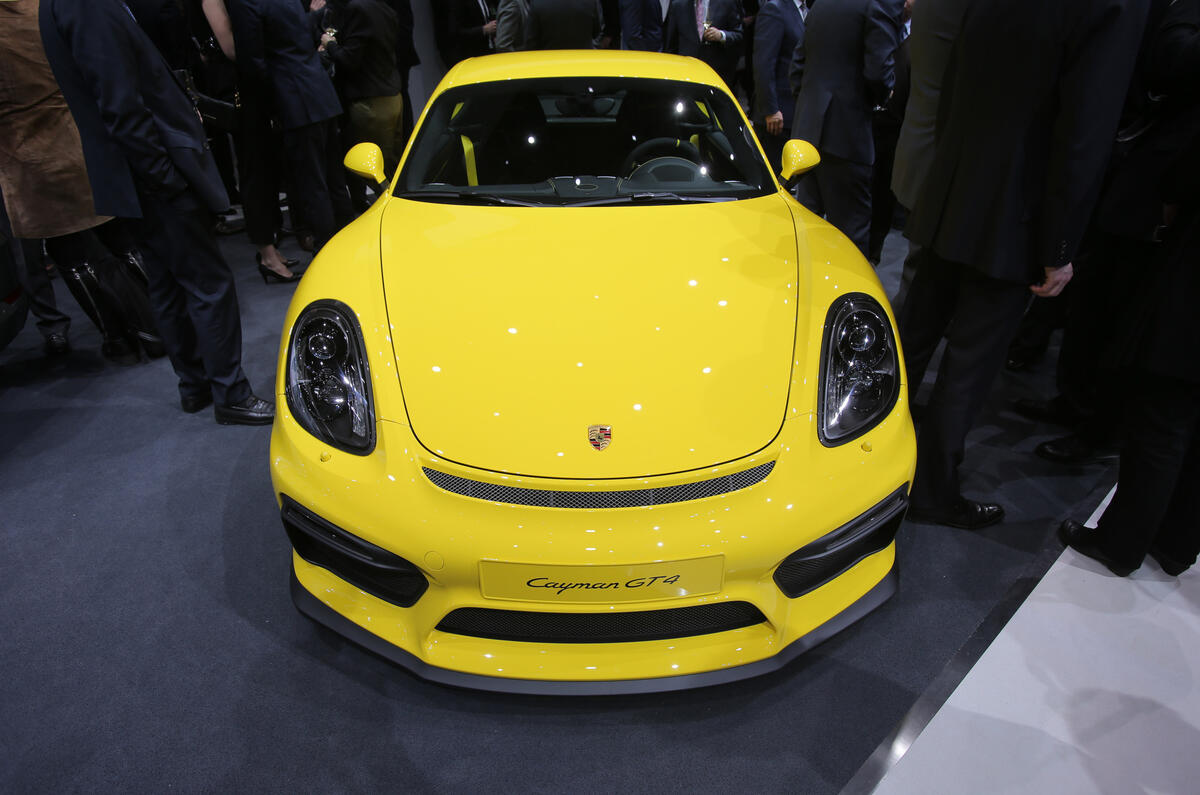
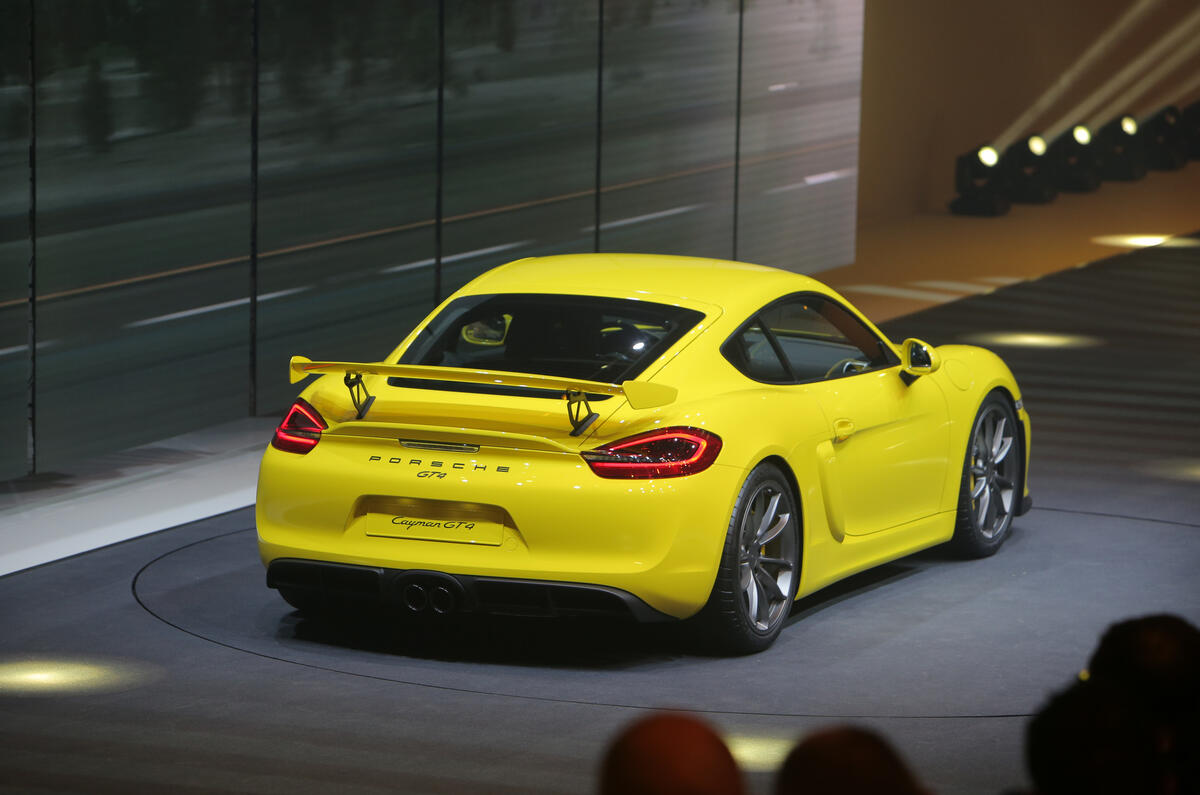
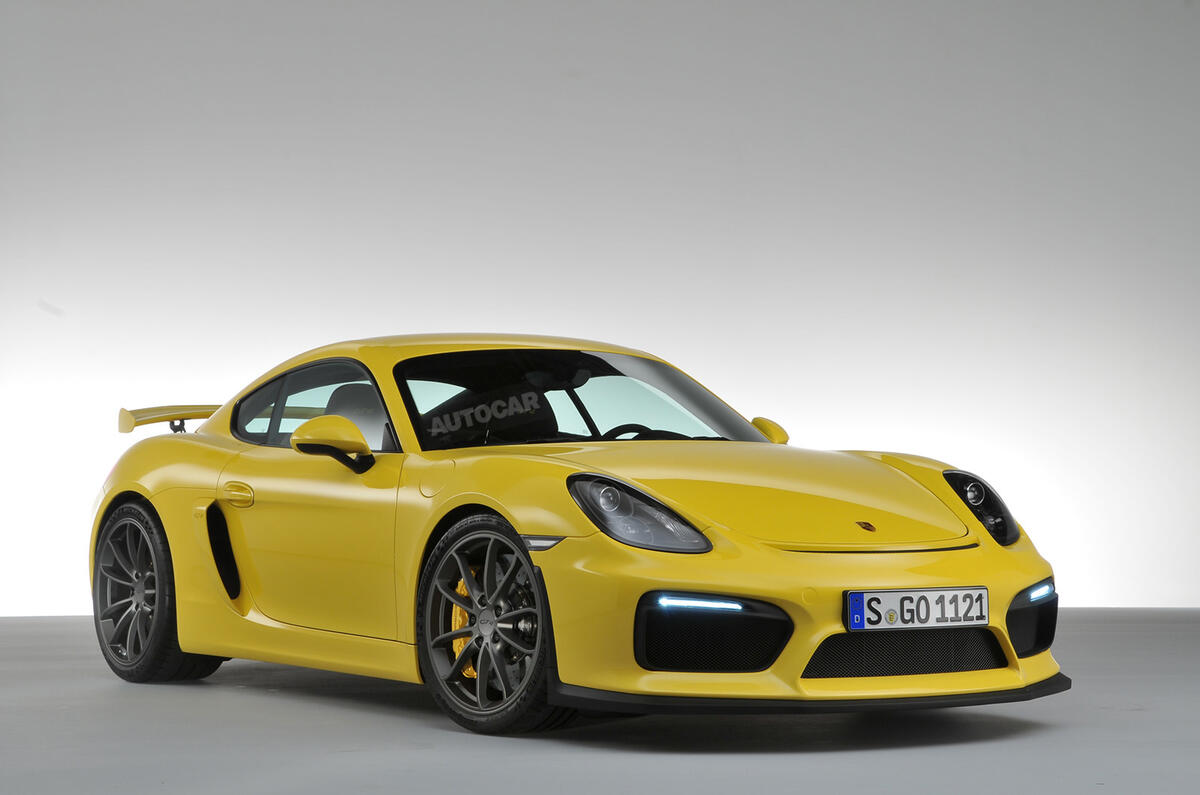

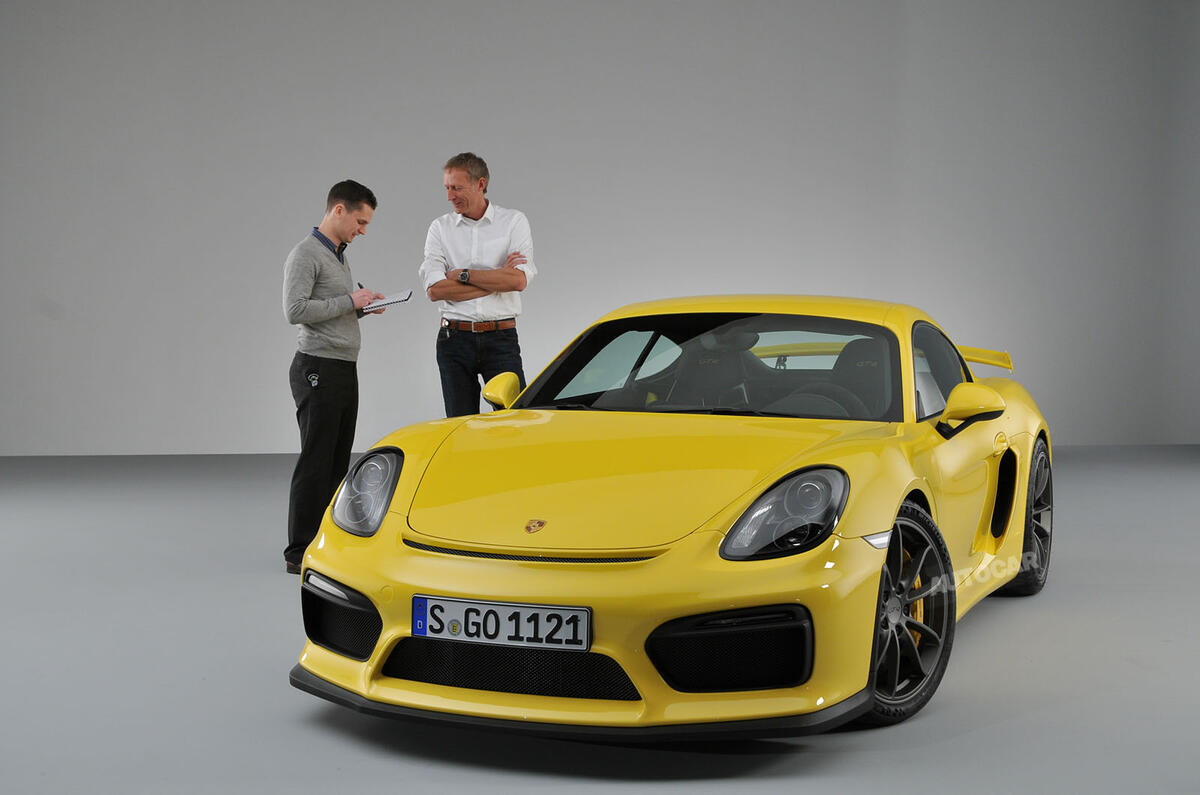
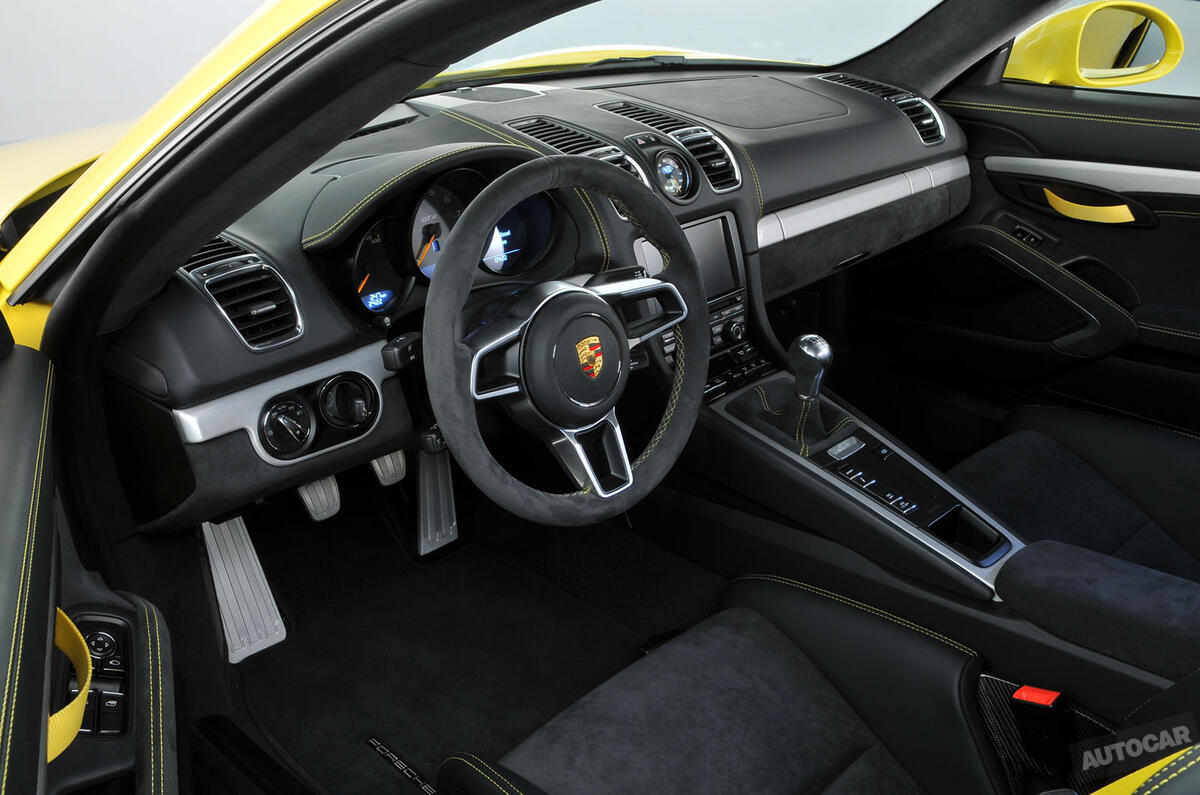
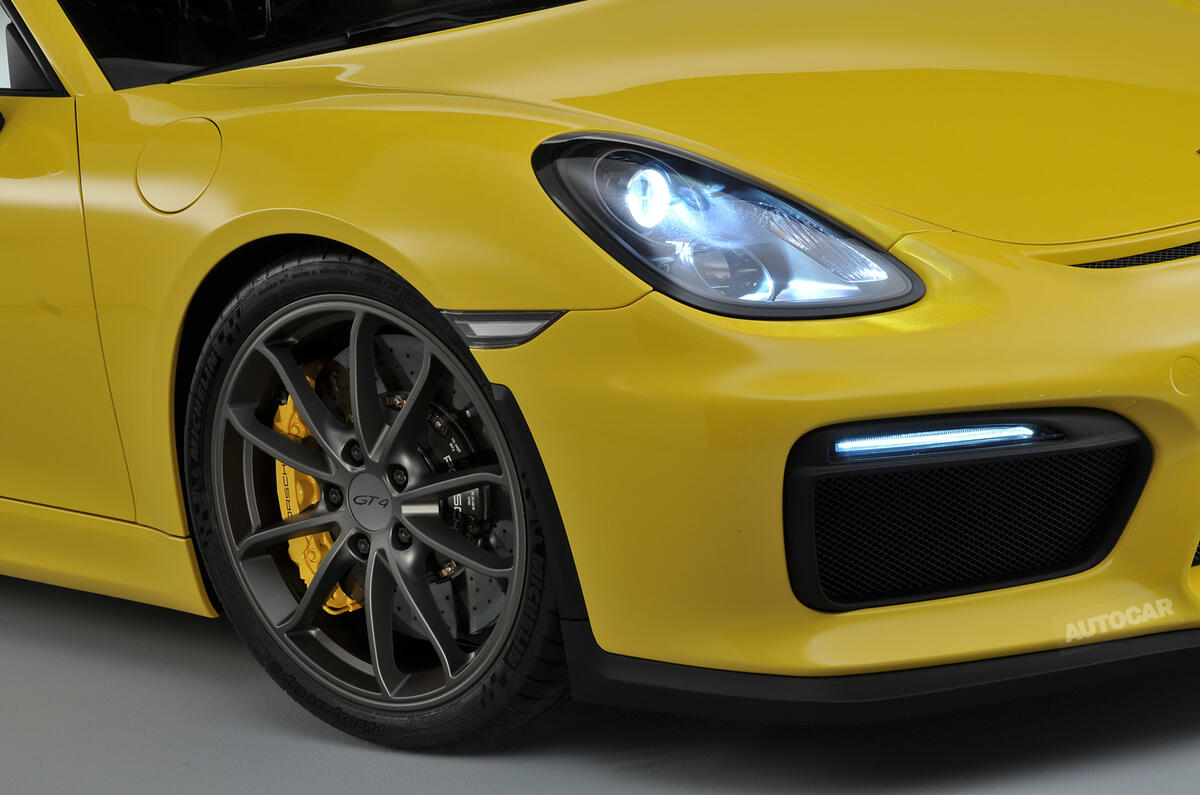
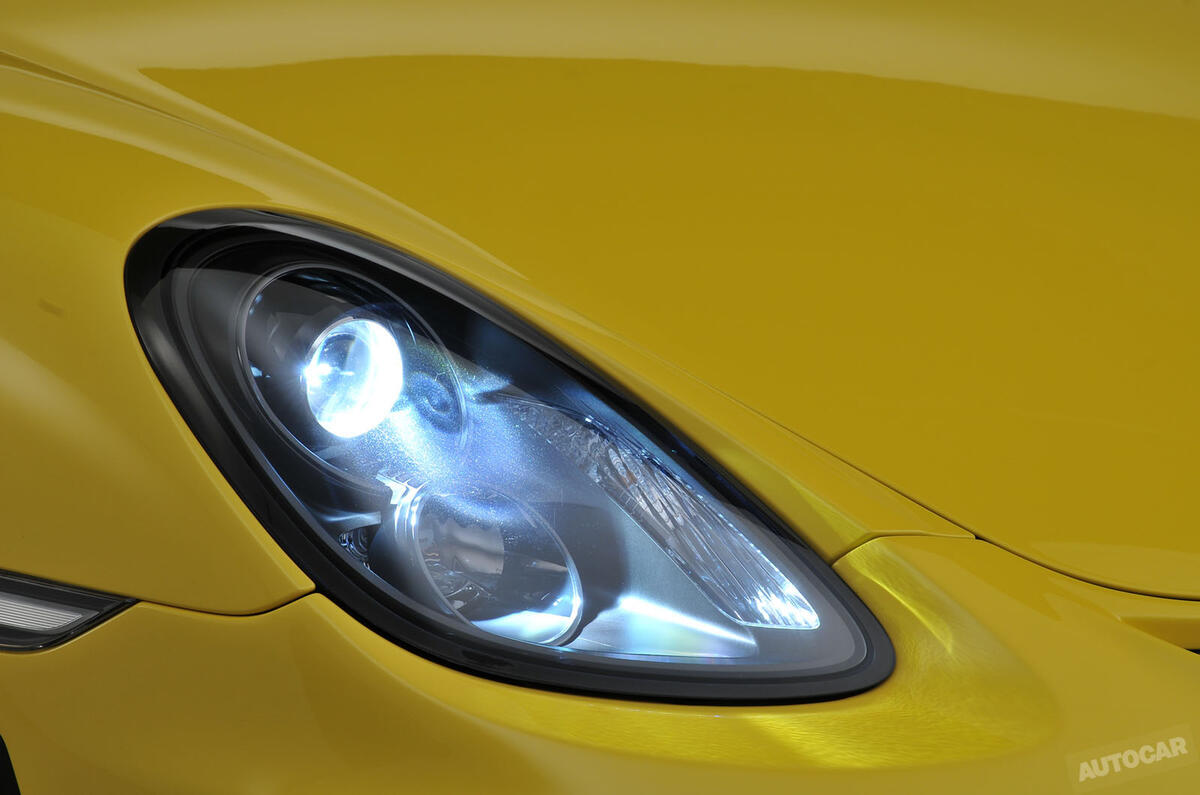

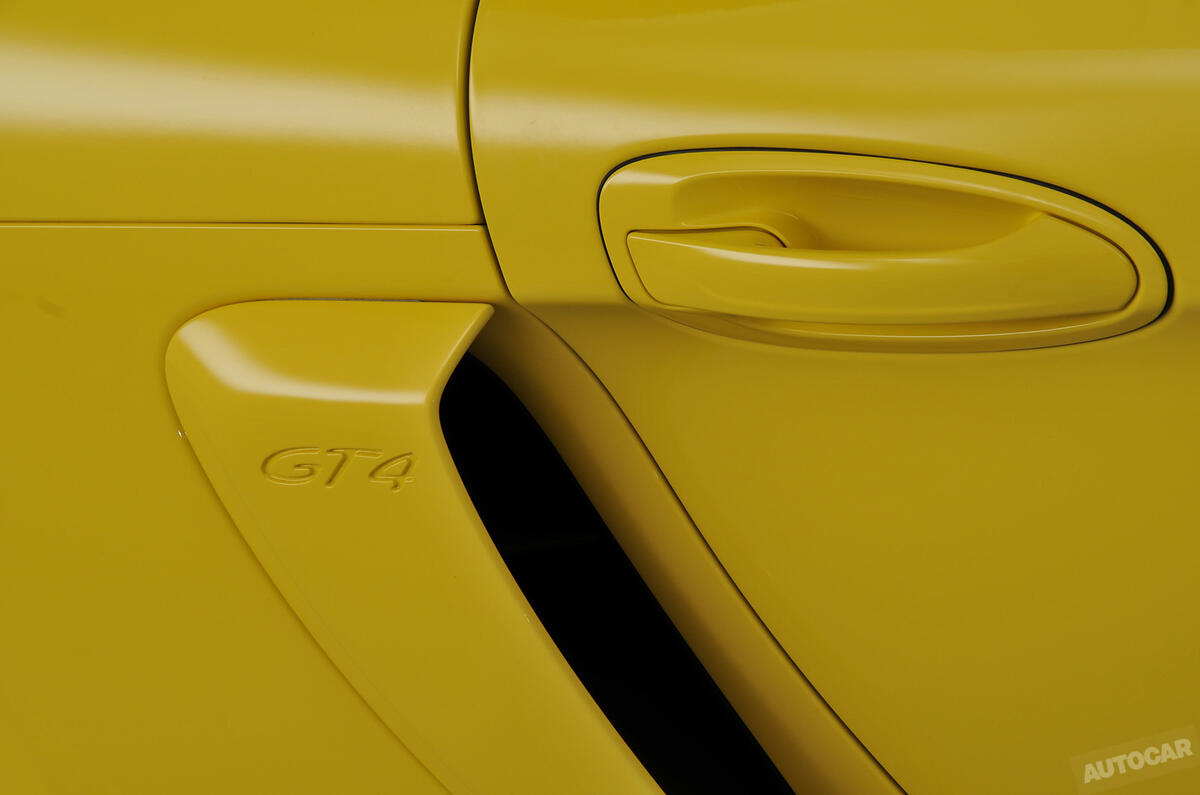
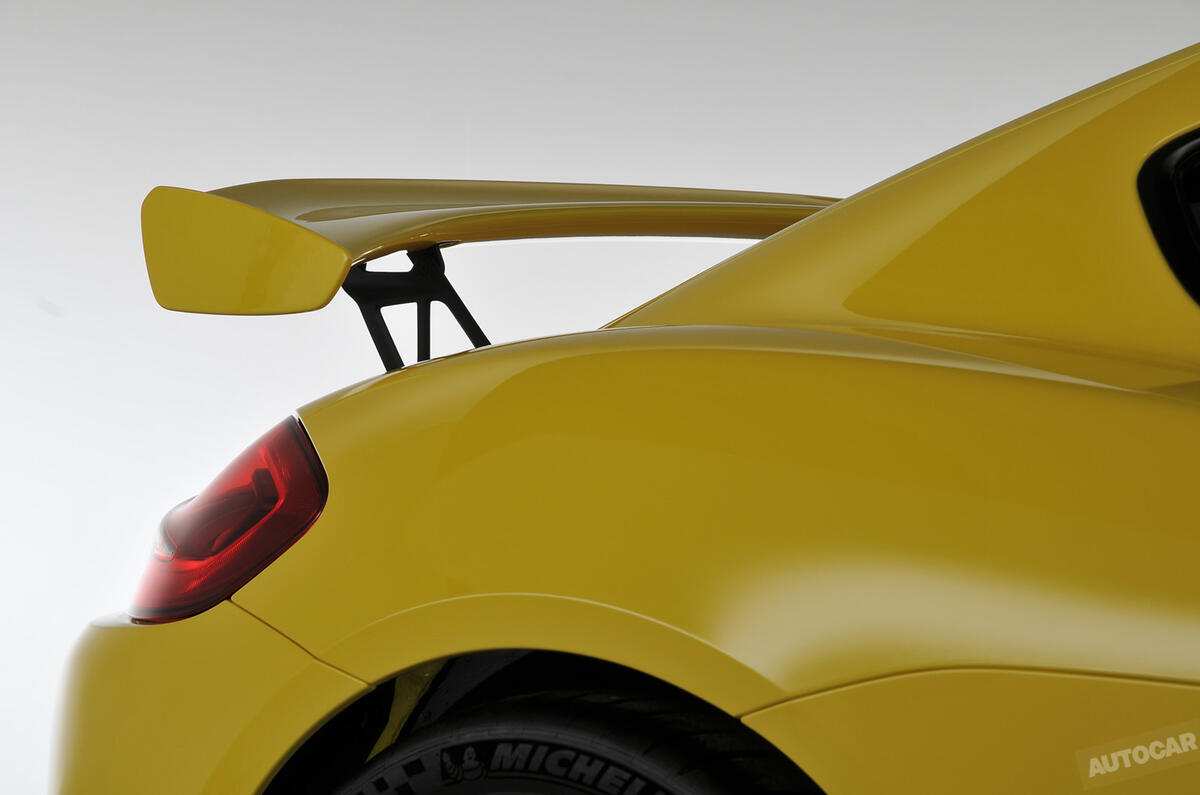
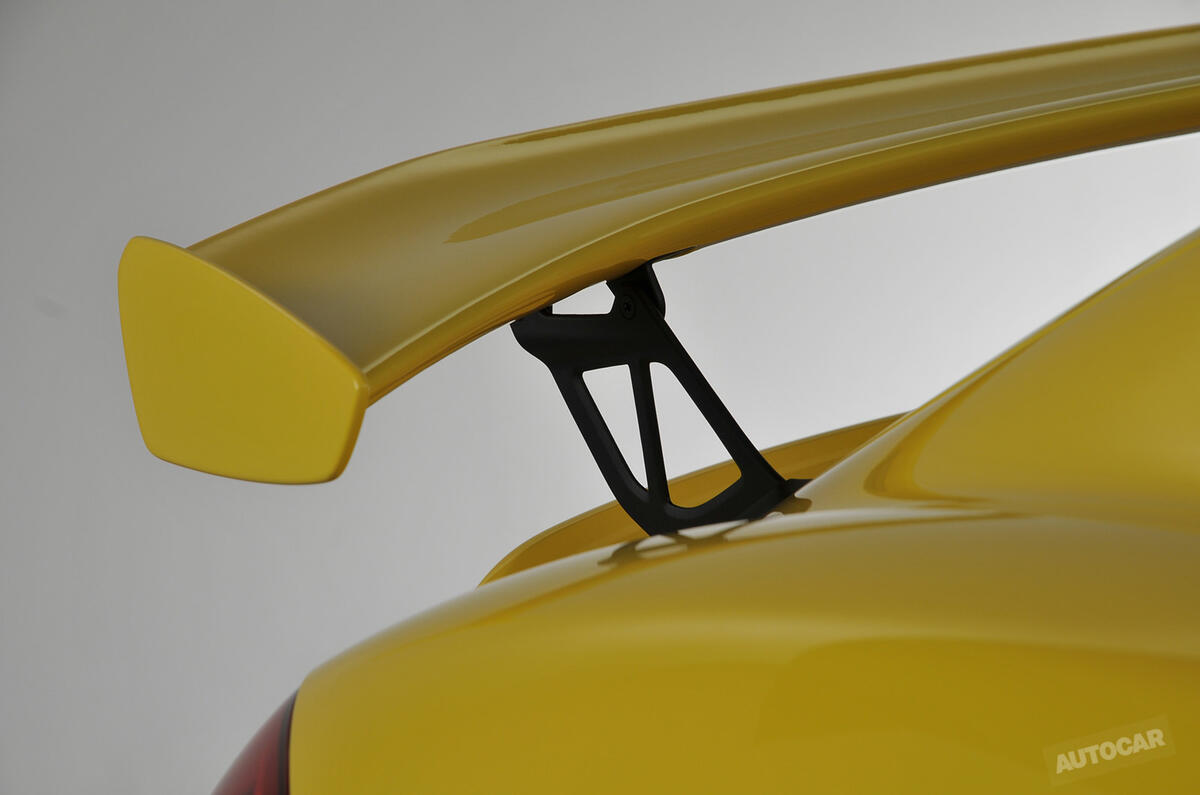
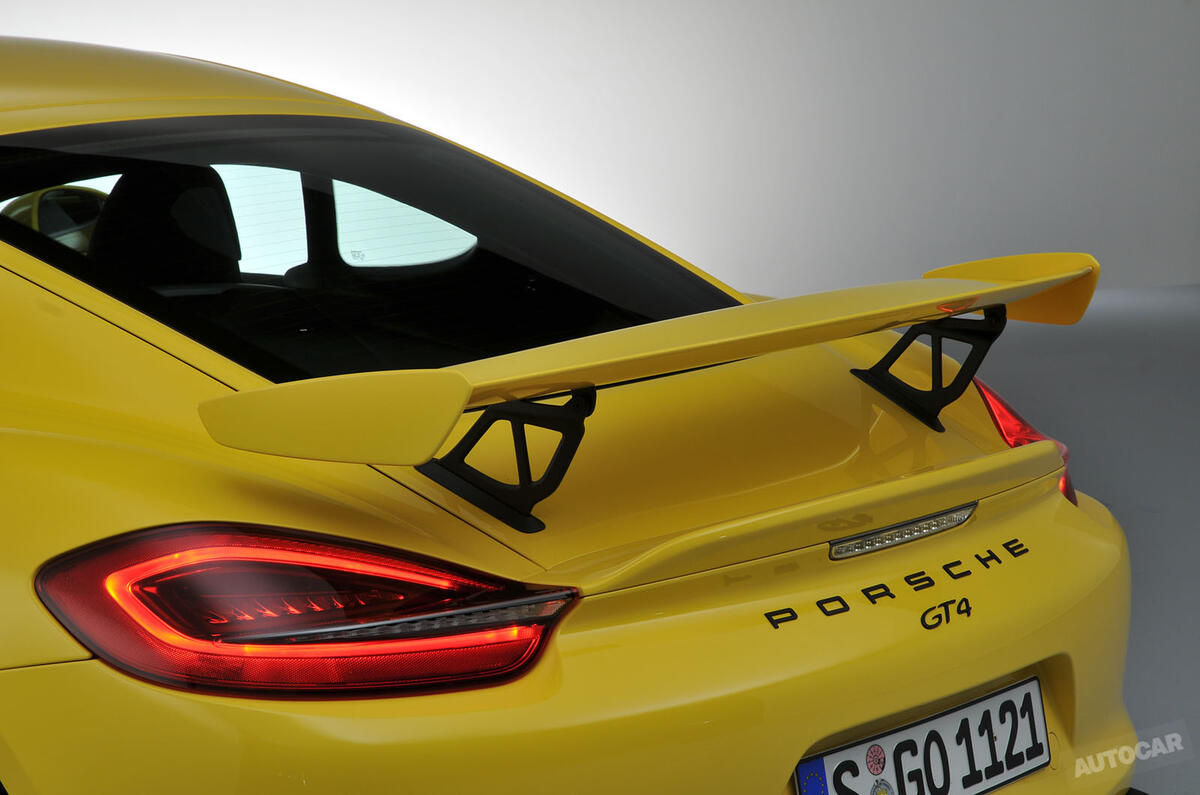

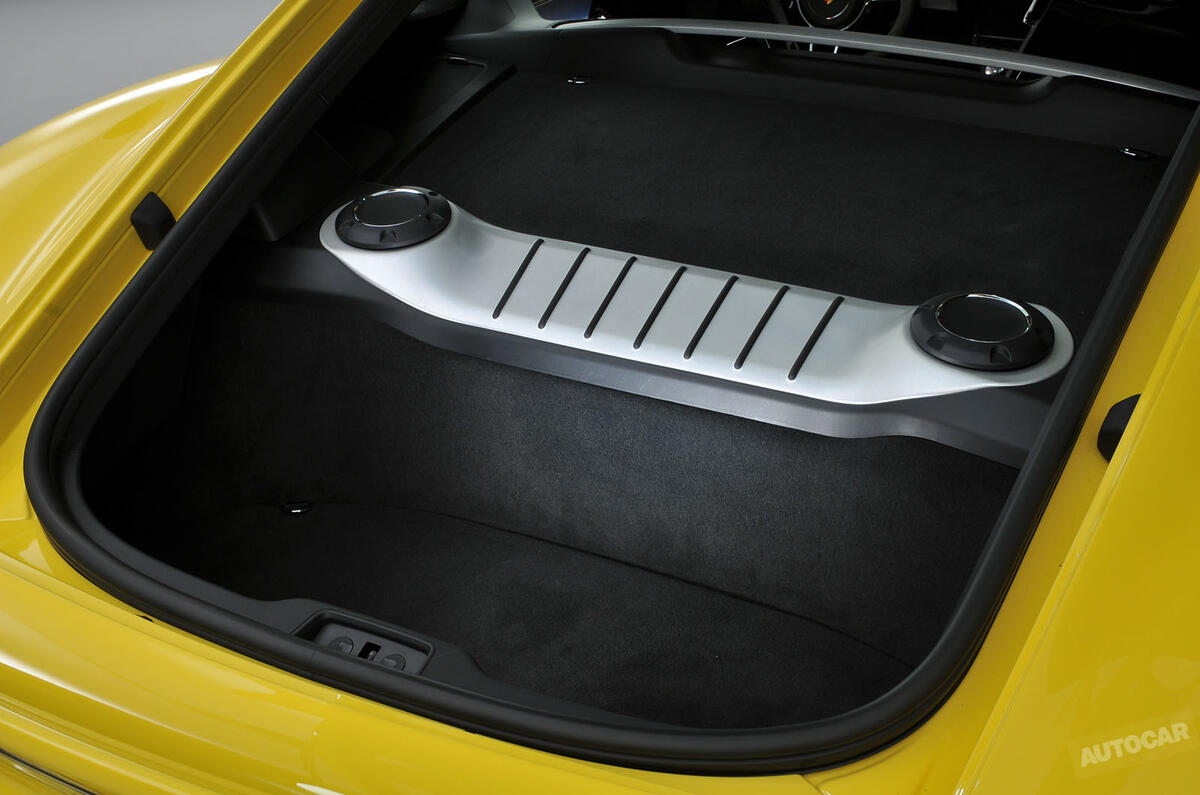
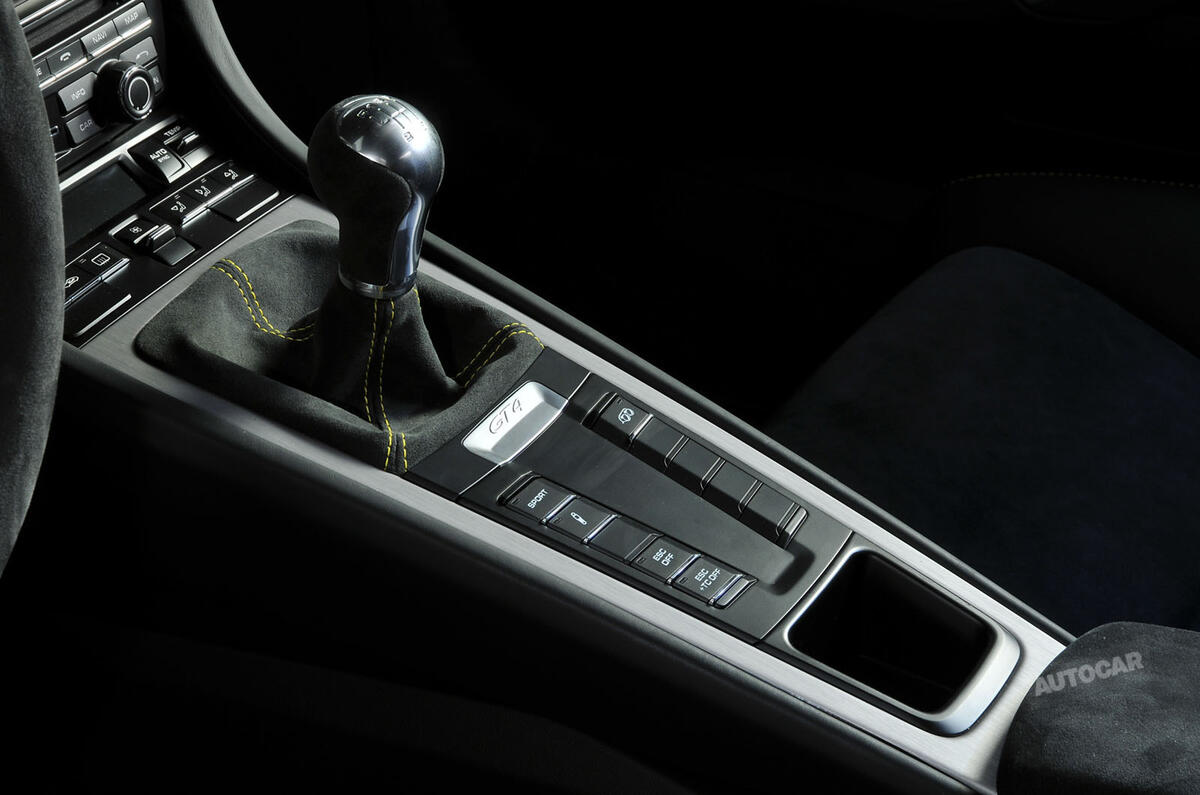
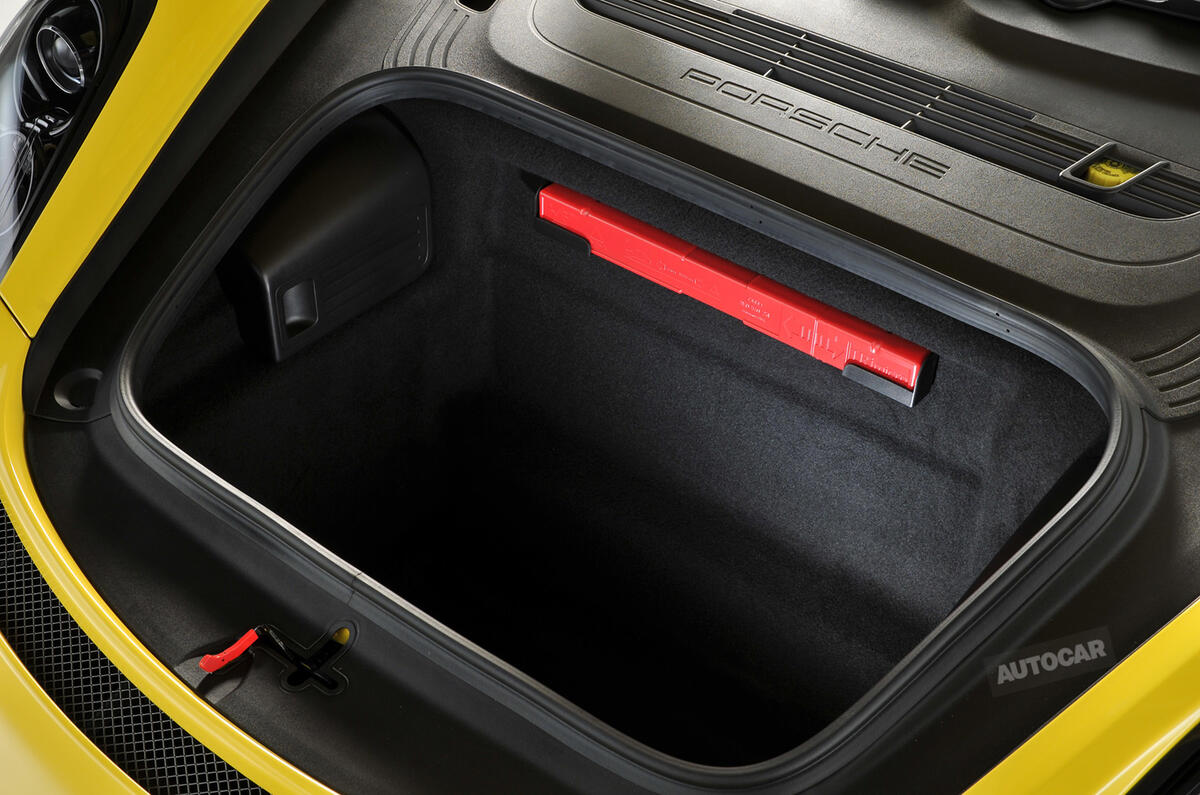
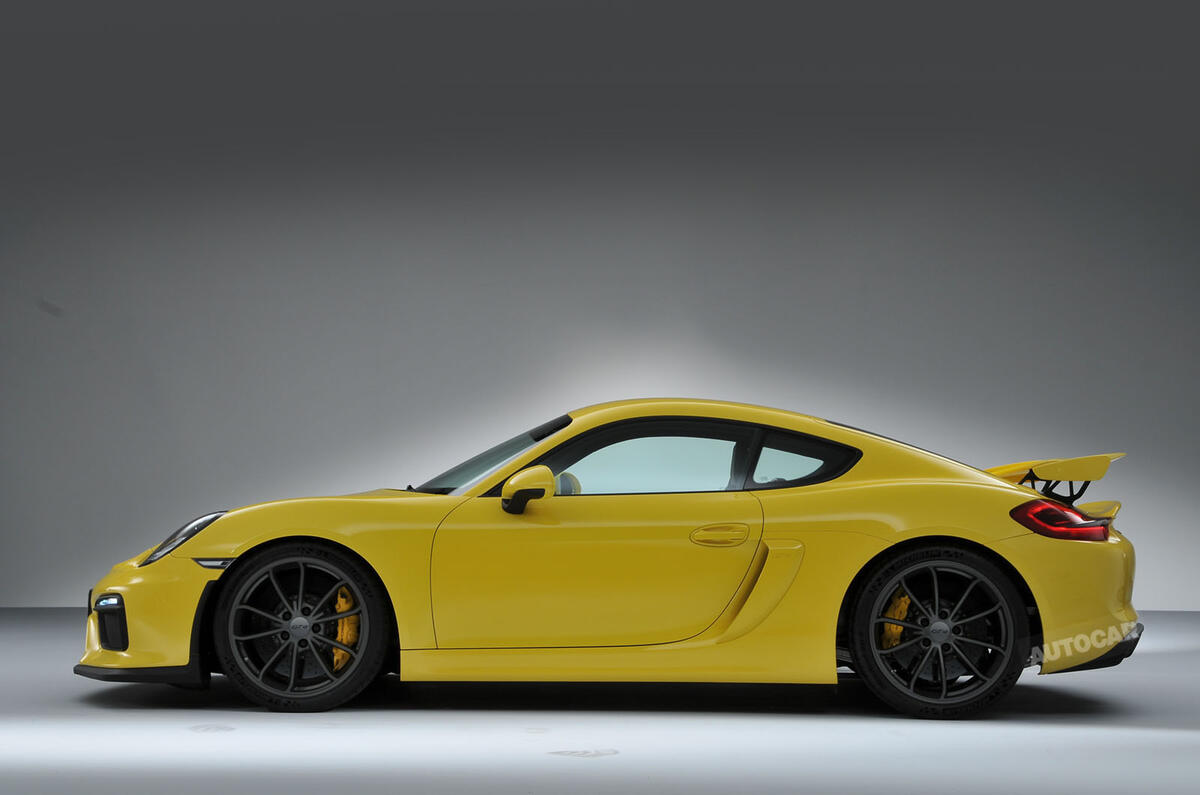
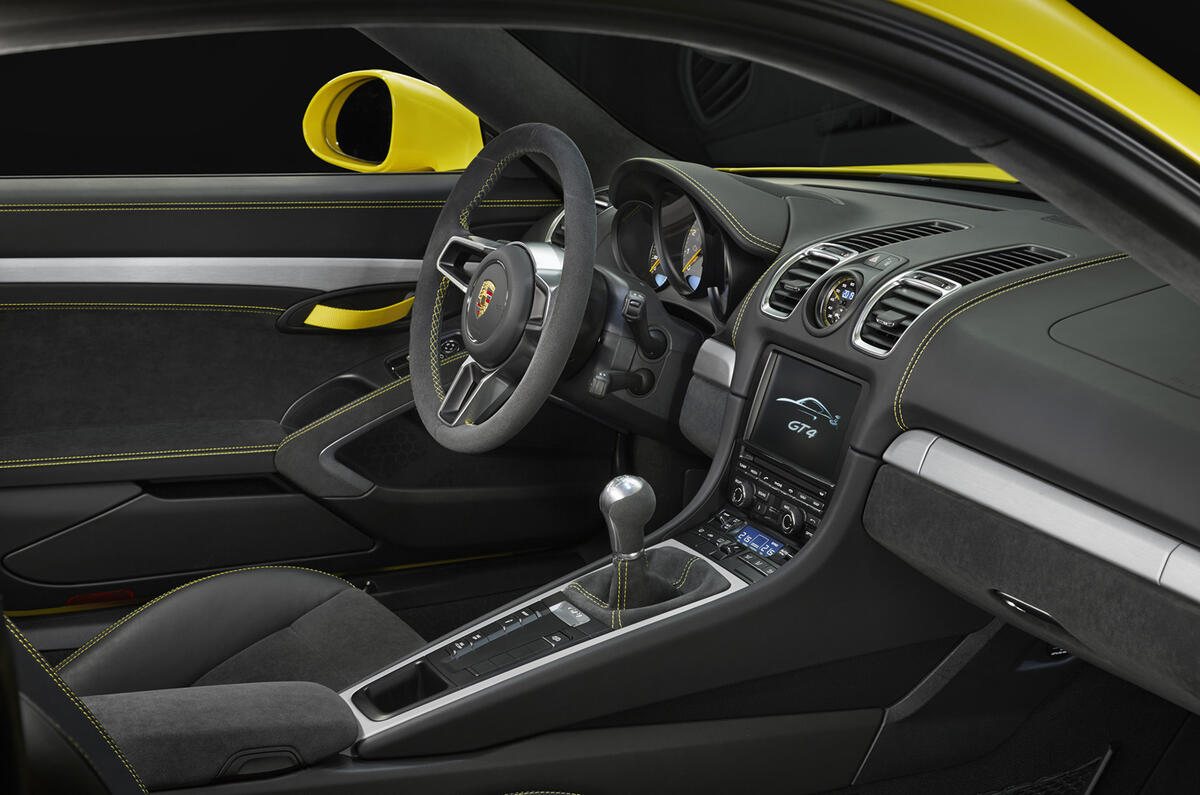
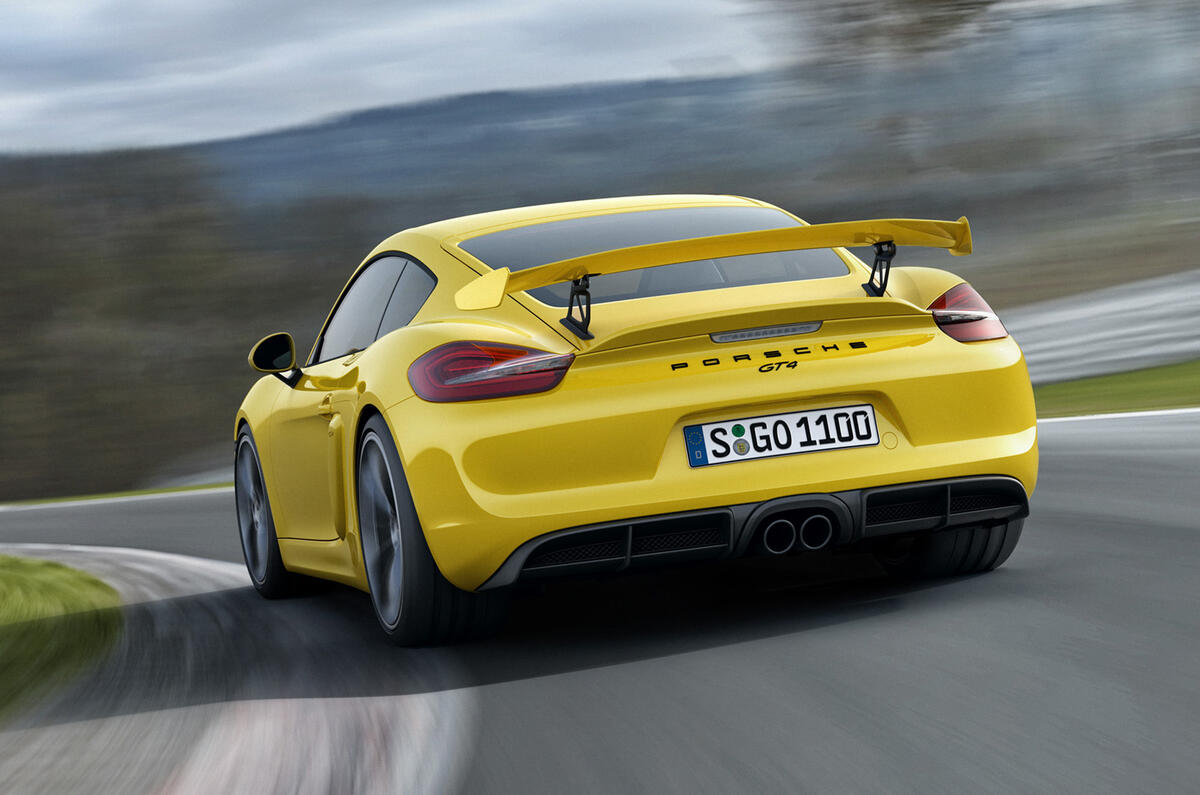
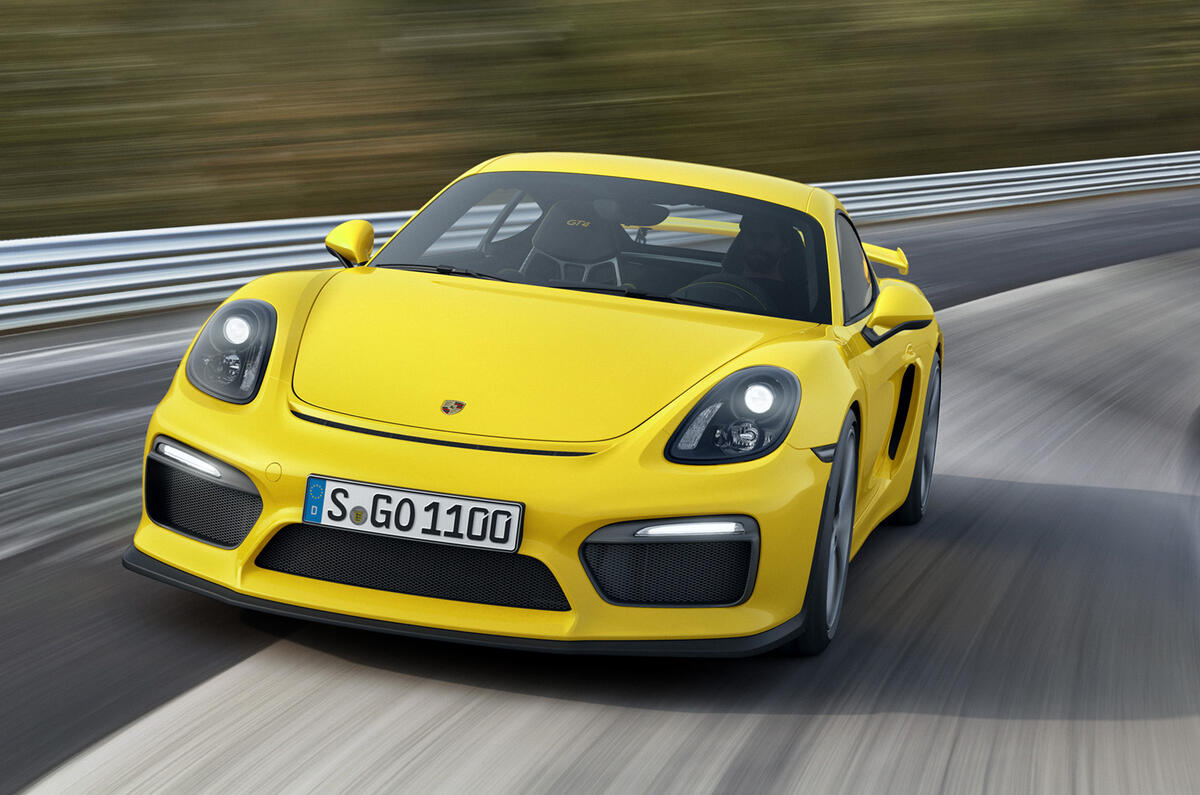
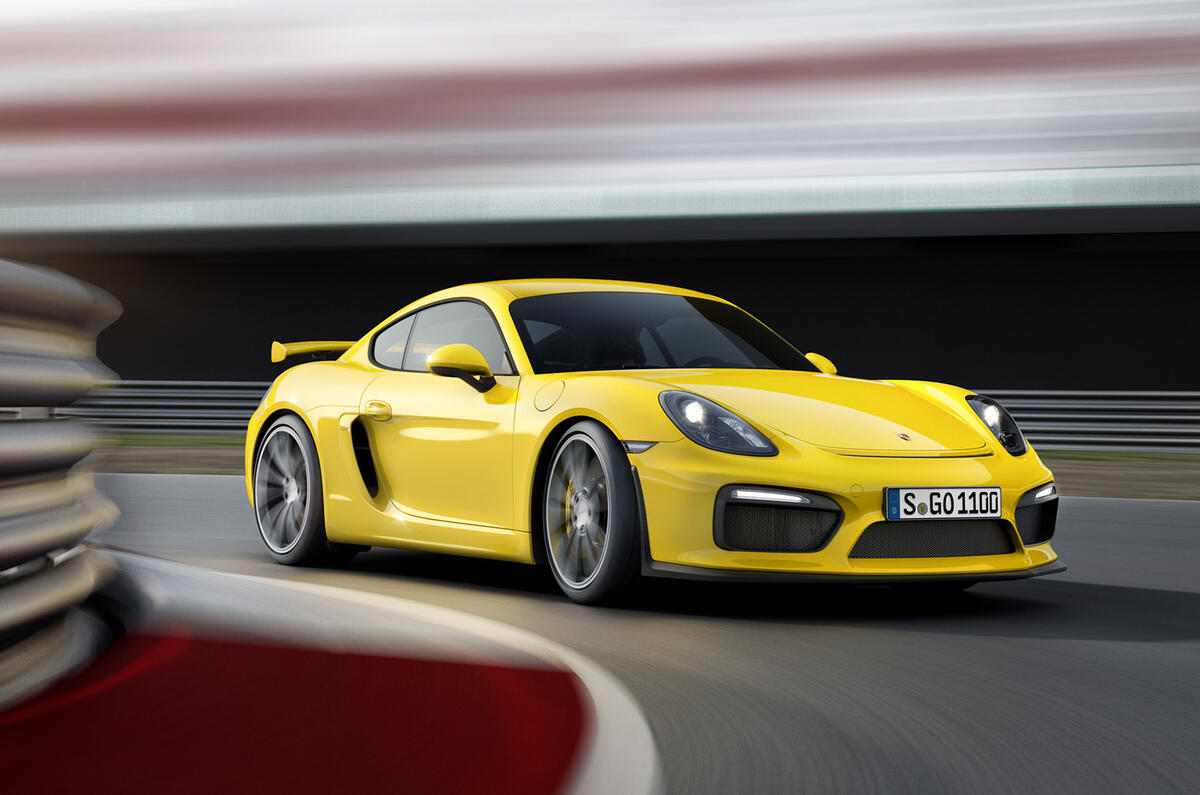
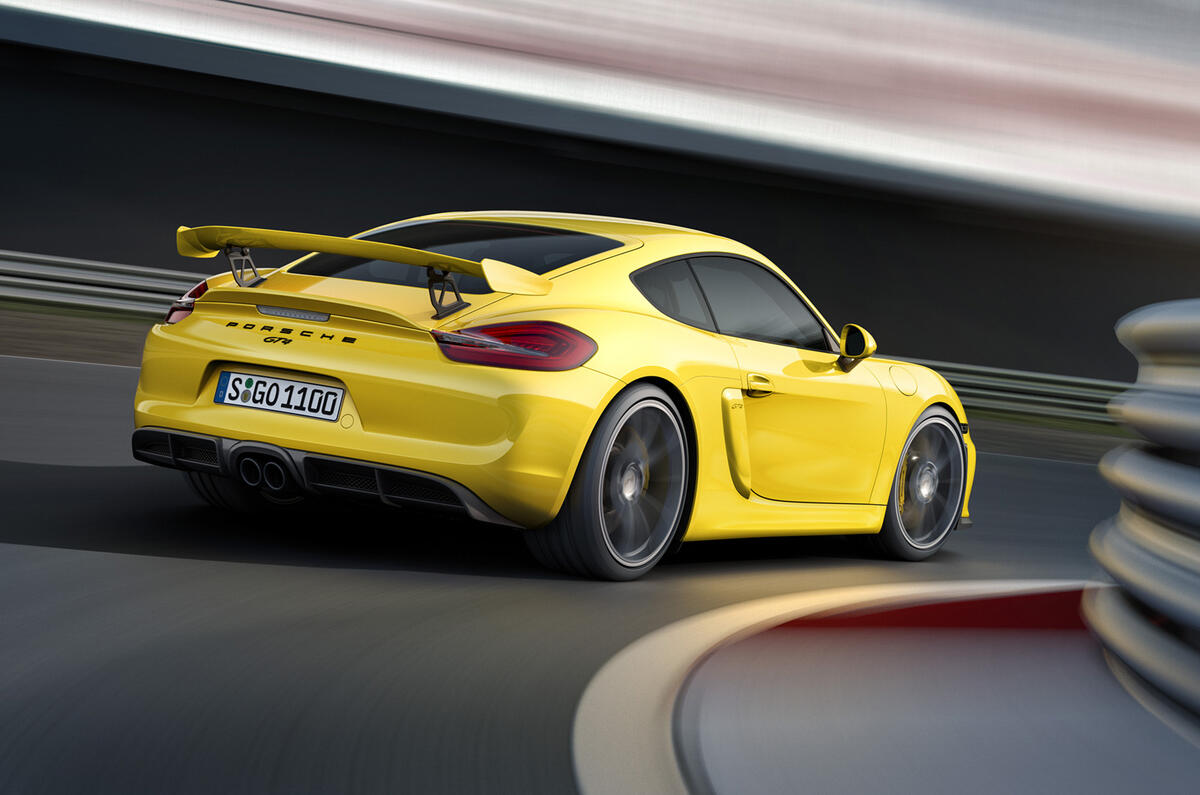
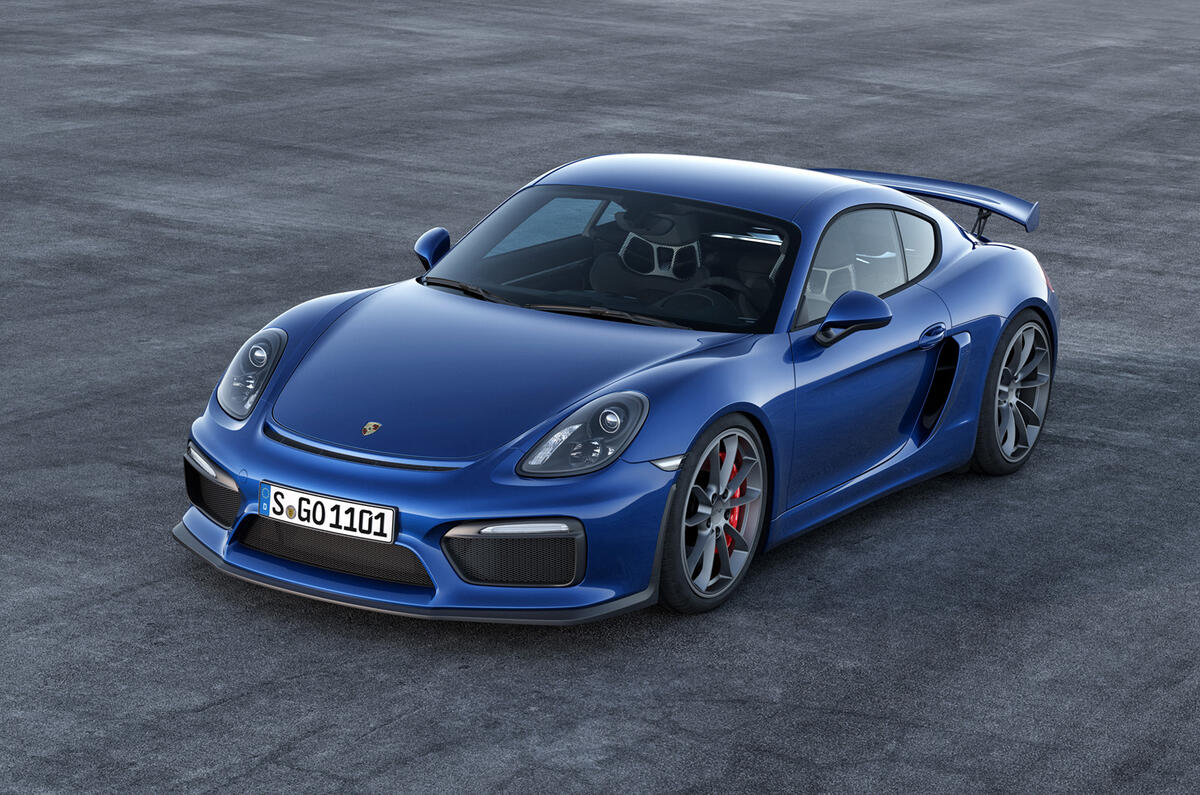




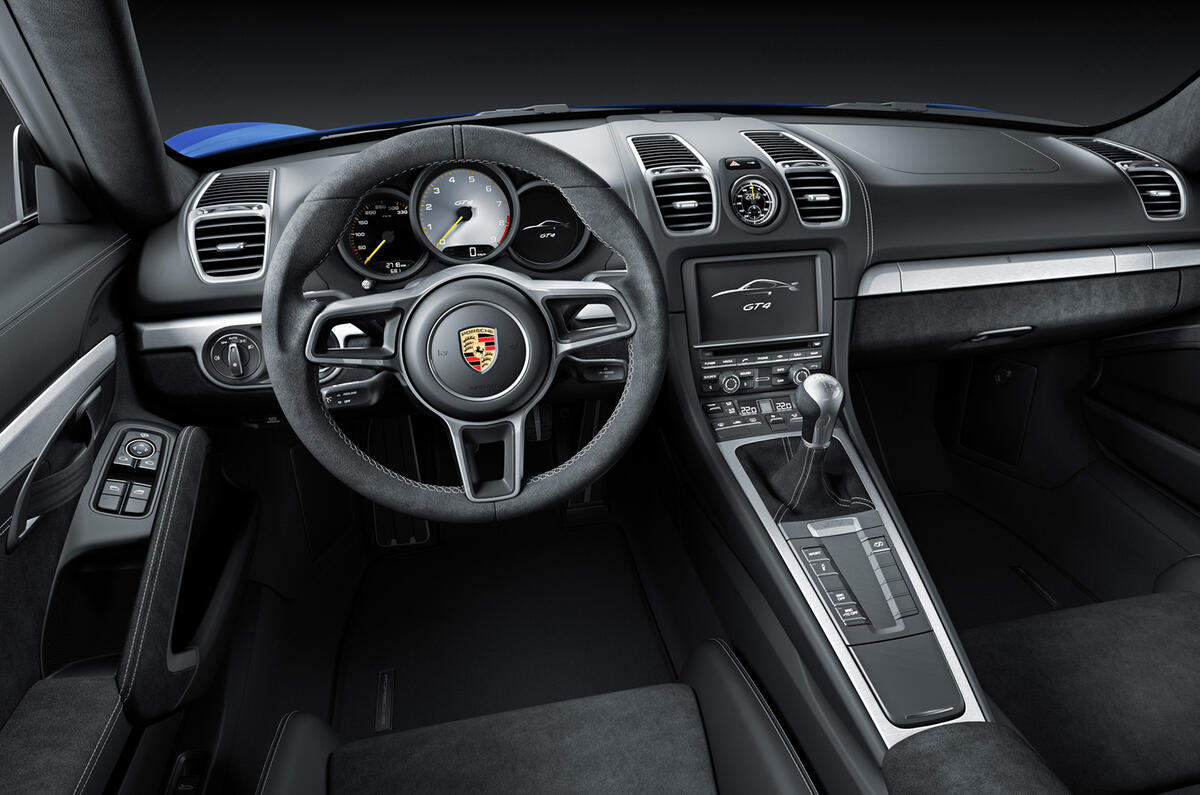






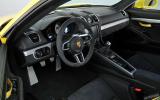
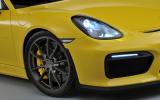
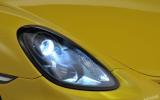
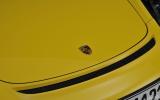
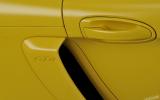
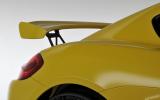
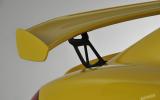
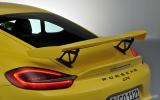
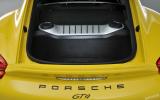
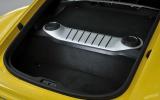
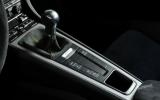
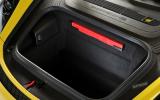

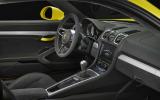

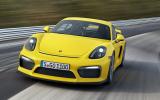







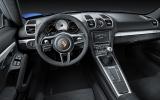







Join the debate
Add your comment
Nice!
Best sports car ever made? I
Amazing !